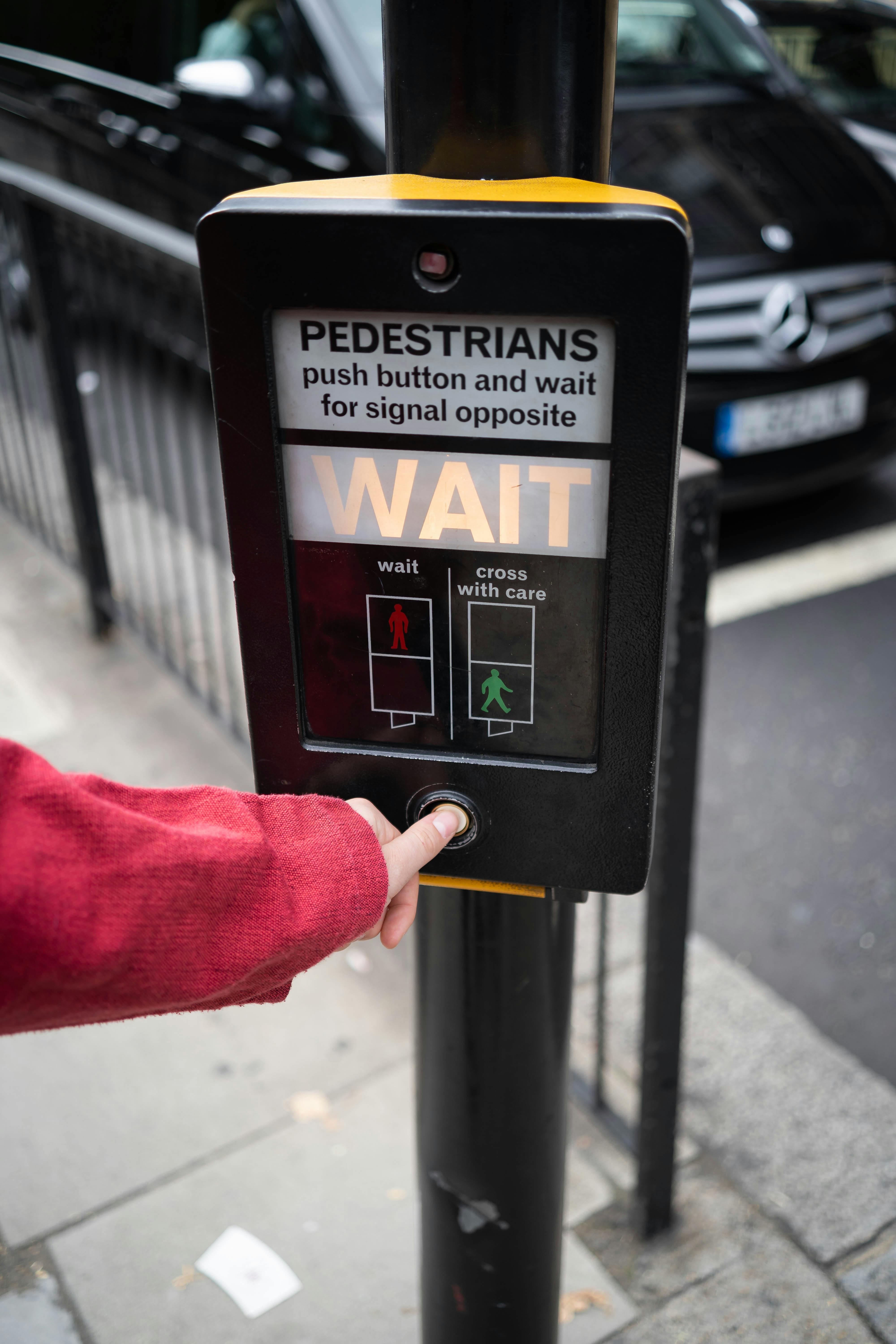BY: Jessica Alldredge
School is back in session! In only five months, boy, how the times have changed. Virtual classes are now a normal thing, and Zoom is an application almost everyone is using. New technology is something we have to get used to these days.

While we’re figuring out how to make sure we don’t turn into a potato because of a filter in the middle of an online class, or trying to make sure we unmute our microphones when we speak, where does that leave the social aspect and how we interact during classes?
There are certain understood expectations when it comes to a physical class. Be on time, don’t use your phone, pay attention, take notes and be respectful to the teacher and your classmates. These are familiar and again, understood. But with the advent of virtual class meetings, how do things stack up?
Dr. Pia Knigge has worked for more than 20 years as a professor for the AUM Department of Political Science & Public Administration. While she’s just as new to virtual classes as everyone else, she prefers the same kind of procedure from her students in a virtual class as she would in a physical class. While she still prefers an in-person class, she gave some tips to help students understand the perspective of a professor, and what they might expect from their students.
Knigge found that virtual class sessions allowed for a more interactive experience for students, “Zoom meetings… it does give you the option to socially connect with other students but also to just ask questions as they come up,” Knigge says. Students may find that they prefer to have a scheduled weekly virtual class session to help bring some structure into their semester if they have classes online. So how should students approach these classes?
Dr. Knigge surmises that like her, most professors would suggest treating a virtual class the way you would treat a physical class. Being on time, and not dropping in late just because it’s an online class. Don’t leave in the middle of a virtual class. Be prepared to take notes, and have access to readings and assigned materials. Becoming engaged in your virtual class can help the class become more personal and enjoyable experience for everyone. You can do this by using the group chat function, asking questions, or being prepared to take part in discussions.
Dr. Knigge expressed that she believed that there wasn’t a professor that wouldn’t like it when a student participated through video. “It would be nice, for the face-to-face students, at the beginning and maybe at the end if you had your camera on… so the face-to-face students can attach a face to name,” Dr. Knigge says.
She suggests uploading a photo also makes a difference if using a webcam is not possible. Some professors prefer that you keep your camera on during these sessions so they don’t feel like they’re just speaking to a wall. Some professors understand that turning on your camera isn’t always possible.

There is a worry that students only tune in solely for participation points rather than being active in a virtual class session. “There have been instances where a student will join [a virtual class] and just walk away.” Dr. Knigge outlines a situation where a student was asked to participate in a break out room and the student never responded because the student wasn’t there.
Even though education has moved to somewhat a virtual setting, the expectations, and the way students approach them, should still be the same:
- Show up for a virtual session on time.
- Make contact with your professor.
- Take notes.
- Be prepared to participate to the best of your ability.
- If you can, turn your webcam on.




